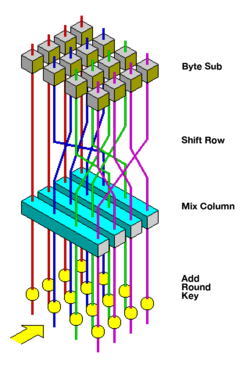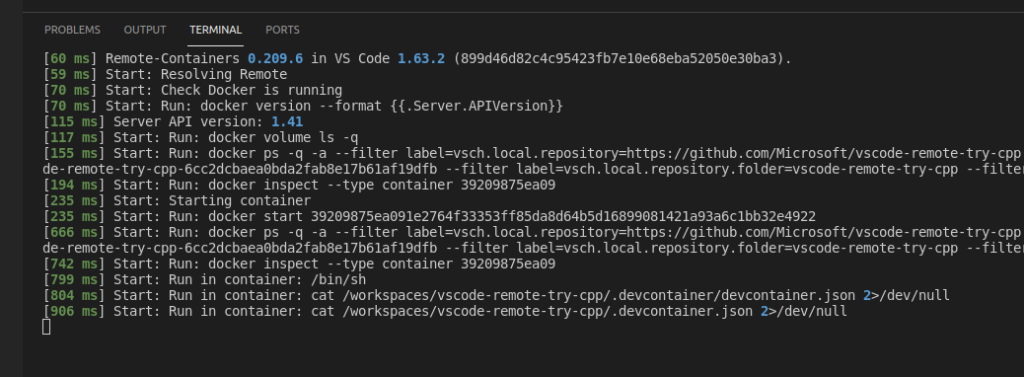git screwing with my CR LF
Your tools aren’t “screwing” with your file on a whim—they’re all following their configured rules for handling line endings. The core issue is that your Git settings and your editors’ settings are misaligned. Here’s the blunt truth:
- Git’s Role (core.autocrlf & .gitattributes):
- Git stores files in the repo with LF by default. On Windows, if you’ve set
core.autocrlftotrue, Git should convert LF to CRLF on checkout and the reverse on commit. - If your
core.autocrlfis set tofalseorinput, Git won’t do any conversion on checkout, so you might end up with LF files on disk even on Windows. - A missing or misconfigured
.gitattributesfile can also lead to inconsistent behavior across different systems. Without it, Git might not enforce a consistent line ending policy.
- Git stores files in the repo with LF by default. On Windows, if you’ve set
- Editor Behavior:
- VS Code: It can automatically set the end-of-line sequence based on its
files.eolsetting. If that’s set to\n(LF), then when you save the file, VS Code will force LF—even if the file originally came in as CRLF. - Notepad++: It shows what’s on disk. If it’s reading CRLF, that suggests one tool somewhere is converting your LF to CRLF on disk (or vice versa). Sometimes Notepad++ might be reporting what it “expects” based on its default Windows behavior.
- GitKraken & Visual Studio: They generally rely on Git’s configuration. So if Git is normalizing to LF internally, these tools might show LF even though the file on disk might be CRLF when inspected in another editor.
- VS Code: It can automatically set the end-of-line sequence based on its
- What’s Happening in Your Case:
- You see the file as CRLF in Notepad++ but as LF in your local Git checkout (and when viewed in VS Code). That’s because somewhere in your workflow Git is normalizing the file to LF (likely because the repo has LF and your Git config isn’t set to convert back to CRLF on checkout).
- When you save the file in VS Code, it’s saved with LF (because of its settings), so Git sees a complete line-ending change compared to the version stored with CRLF on origin or on other computers. This discrepancy makes Git mark the entire file as changed.
- How to Fix It:
- Align Git Settings: Check your Git config with
git config --get core.autocrlf. On Windows, if you want CRLF in your working directory, set it totrue. If you prefer LF everywhere, set it toinput(but then you might see these differences on other Windows machines expecting CRLF). - Use a .gitattributes File: Create a
.gitattributesfile in your repo root and add rules like:pgsqlCopy*.json text eol=crlforarduinoCopy* text=autoThis forces Git to treat files the same way on all systems. - Synchronize Editor Settings: Ensure VS Code’s
files.eol(and similar settings in other editors) matches what you want. For CRLF on Windows, set it to\r\n.
- Align Git Settings: Check your Git config with
Bottom Line:
It’s not GitKraken acting on its own; it’s your configuration mismatches. Git is doing exactly what it’s been told—storing files with LF in the repo and converting on checkout based on your settings. Your editors then might override or display differently based on their own configurations. Get your Git settings and your editors in sync (using a proper .gitattributes file is often the best solution), and the headache will be over.
Fuck line endings—sort out your configs, and you’ll be golden.
thx
phase2:
Alright, listen up. If you want every damn file—every single text file—in your working copy to be CRLF, you need to force Git to treat all files as text and then tell it to check them out with CRLF line endings. But let me be clear: Git is designed to store text files normalized (LF) in the repo and only convert on checkout. There's no magic switch to store them as CRLF inside the Git objects, but your working directory can have CRLF everywhere.
Here's how to force it:
- Create or Edit Your .gitattributes File:
In the root of your repo, create (or modify) a file called.gitattributeswith this single line:arduinoCopy* text=auto eol=crlfThis line tells Git to treat every file it can as text and, on checkout, convert line endings to CRLF.Warning: This only applies to files Git considers text. For files that Git heuristically thinks are binary, conversion won’t happen. Forcing binary files to convert is a disaster waiting to happen. - Force Git to Reapply Conversion:
If your files were already checked out before setting up your .gitattributes, Git isn’t going to magically convert them on its own. You need to force a re-checkout:bashCopygit rm --cached -r . git reset --hardThis removes everything from the index and then checks them out again—now obeying your .gitattributes rules (and yourcore.autocrlf=truesetting). - Double-Check Your Editor Settings:
- VS Code: Ensure your settings are not undoing your hard work. In your
settings.json, set:jsonCopy"files.eol": "\r\n" - Notepad++/VS: Verify they’re not overriding the file’s CRLF status on save.
- VS Code: Ensure your settings are not undoing your hard work. In your
- Understand the Limitations:
- Internal Repo Storage: Git will always store text files in normalized LF in its internal storage. You’ll see CRLF only in your working directory.
- Binary Files: If there are files that are not meant to be text (like images or compiled binaries), leave them alone. Forcing a conversion on them could corrupt them.
Bottom line:
Create a .gitattributes file with * text=auto eol=crlf, force a full re-checkout, and make sure your editors are set to use CRLF. That’s the blunt truth—get your configs in sync and you’ll see CRLF everywhere you want.
















Recent Comments